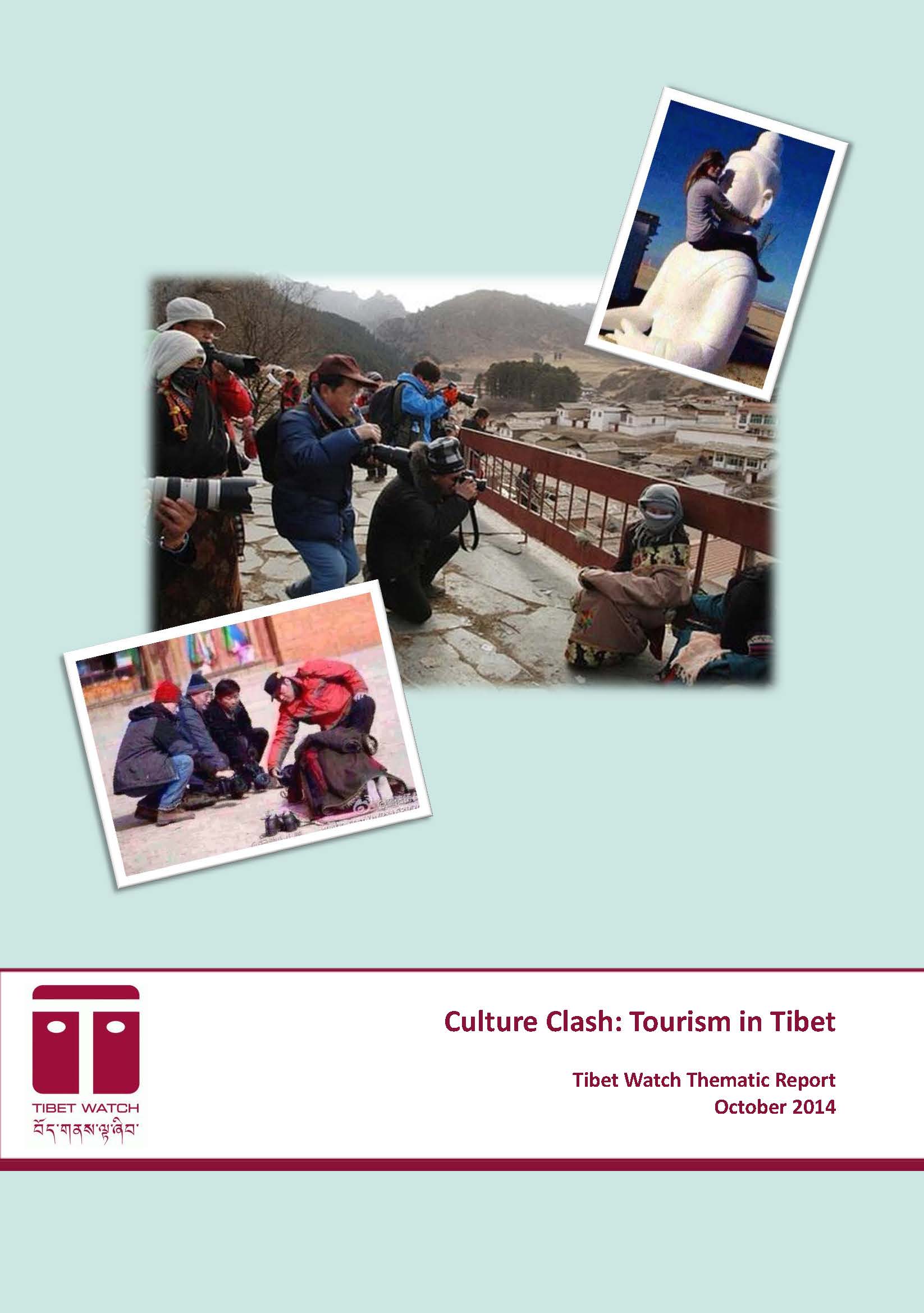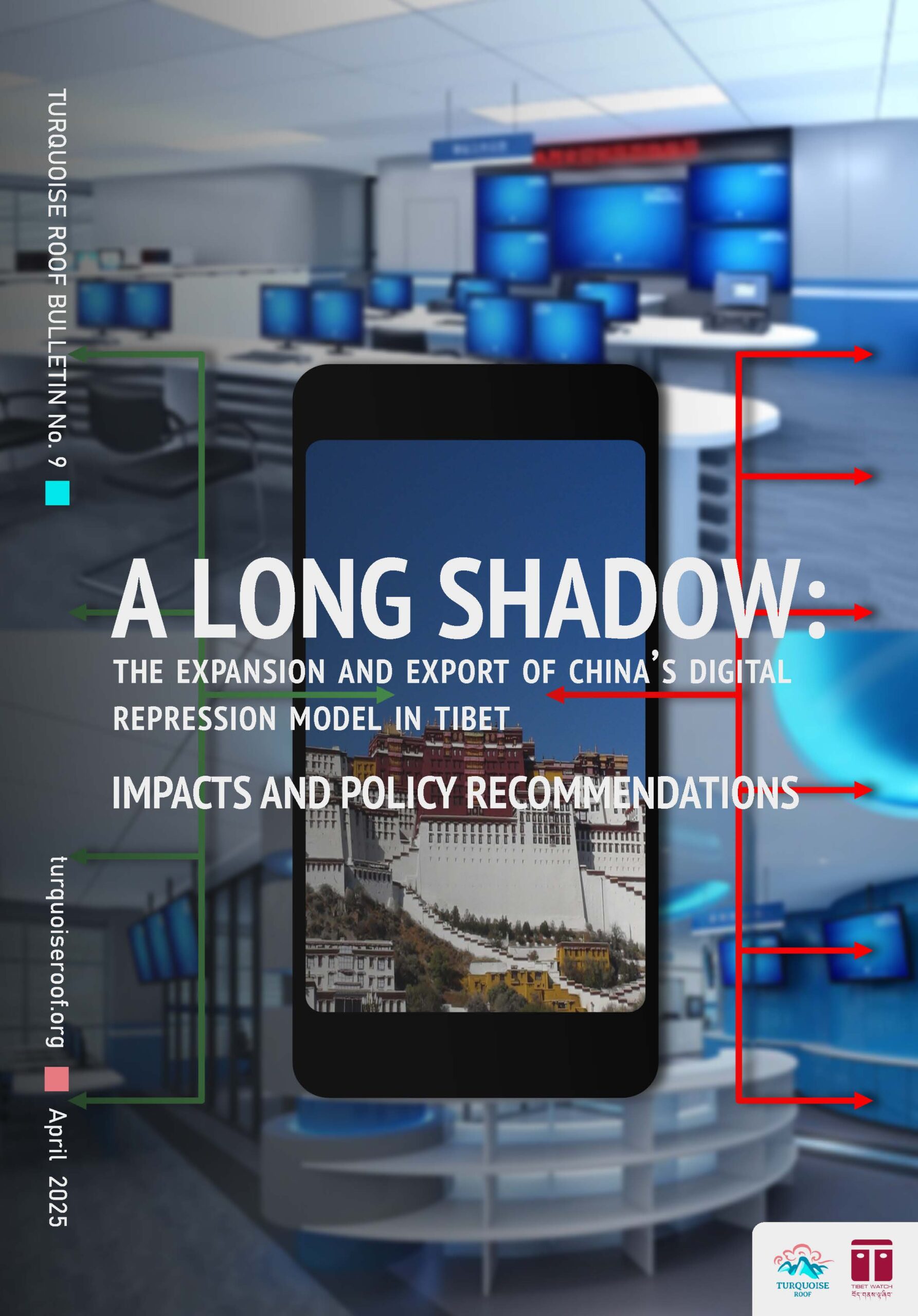
Introduction
This report was inspired by the discovery of She is Crying on the Hill, a blog post by a Chinese traveller named “December” which presents, and comments on, images of other Chinese tourists photographing Tibetans at the Taktsang Lhamo temple in a highly intrusive and aggressive manner.
It is an evocative series of photographs and, as the author points out, many of the images are as disturbing as scenes of outright violence. They certainly raise questions about the social impact of tourism in Tibet and how it is being marketed by the Chinese government.
Based primarily on online research, this report looks first at the development and scale of tourism in Tibet – how it has evolved from just a few thousand visitors each year to a lucrative industry which regularly sees Tibet flooded by a number of tourists exceeding its official population. It secondly looks at freedom of movement and contrasts the restrictions imposed on both local Tibetans and foreign tourists with the efforts being made to open up remote areas of Tibet for Chinese tourists.
This is followed by a look at China’s latest propaganda and the Chinese government’s realisation that the culture they have spent the last six decades systematically suppressing actually has significant financial value. Having successfully marketed their own romanticised version of Tibet to the domestic tourist market, China is investing heavily in turning Tibet’s heritage sites into Disneyland style tourist attractions. This is being done without genuine community consultation and with no regard for the marginalisation of the local population or the damage to traditional religious and cultural practices.
The focus of this report then turns to the social and cultural impact of tourism. This includes our presentation of She is Crying on the Hill, the series of photographs described above, as well as other images and blog extracts depicting the negative side of Tibetan tourism and the inherent cultural clash. Finally this report shows some of the ways that Tibetans are utilising social media to express their feelings about tourism and also to push for change.


